

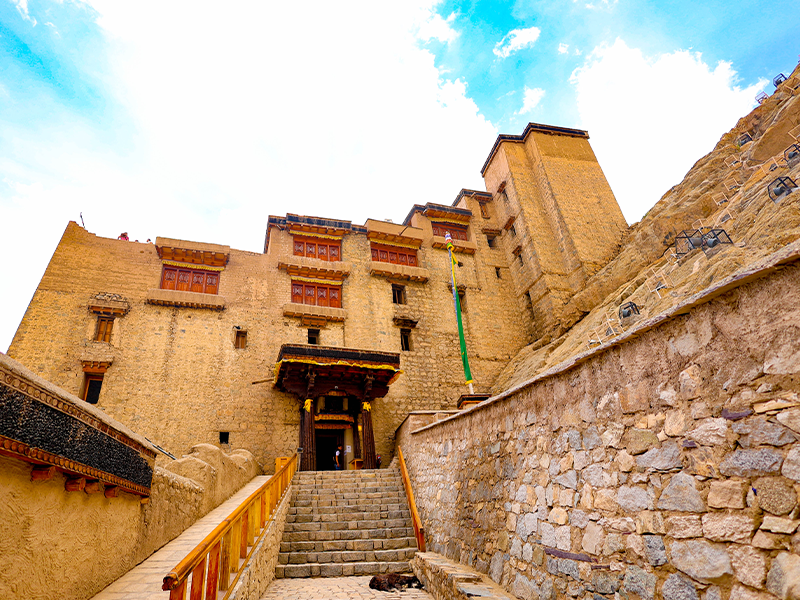
Leh Royal Palace, built around 1600 AD under the reign of King Sengge Namgyal (the “Lion King”), stands as a powerful symbol of Ladakh’s royal legacy. Constructed in a style inspired by Tibet’s Potala Palace, this nine‑storey fortress combined royal residence, defensive stronghold, and emblem of dynastic power.
Originally serving as the Namgyal rulers’ palace and administrative center, its lower levels housed stables and granaries, while the upper stories held private quarters, prayer rooms, and ceremonial halls. The royal family abandoned it in the mid‑1800s following the Dogra invas ...

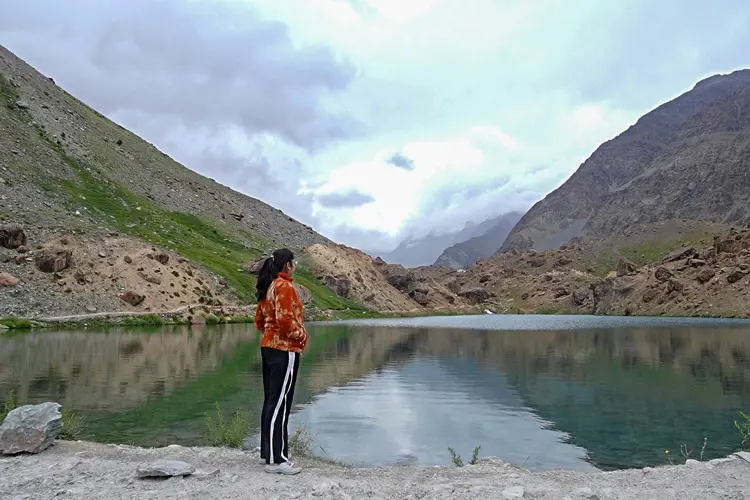
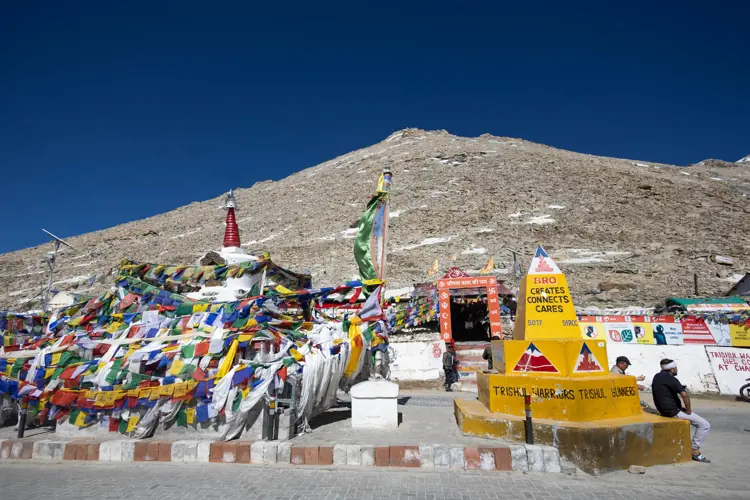
 1.jpg)
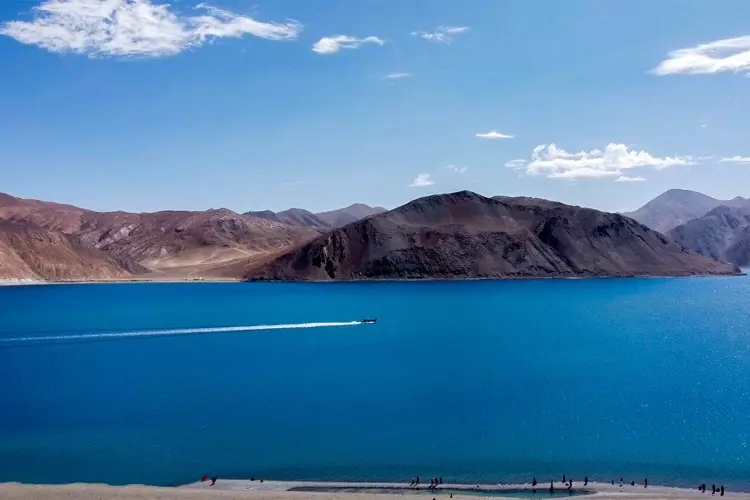
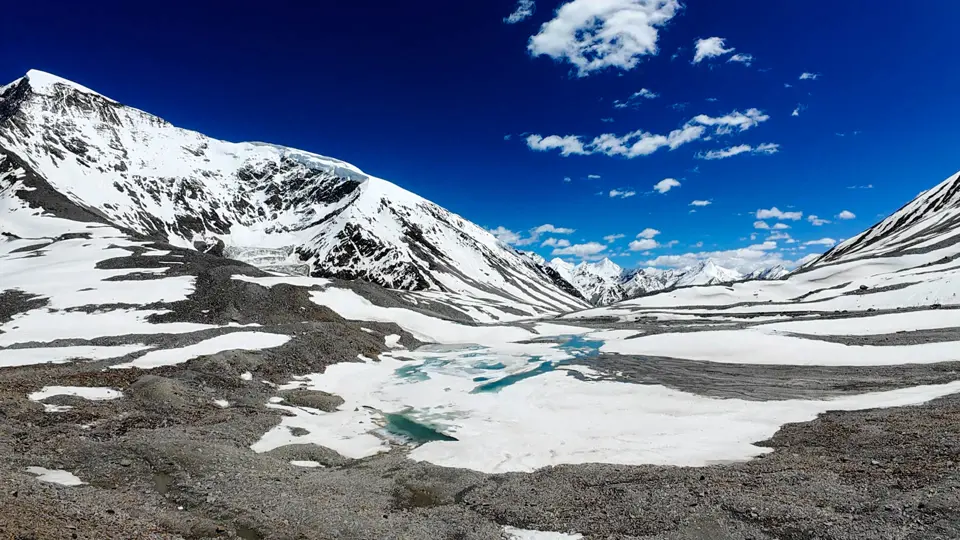
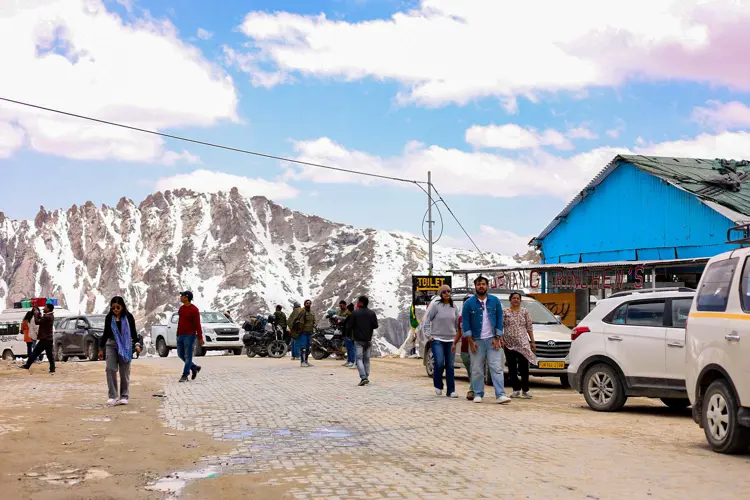
 4.jpg)

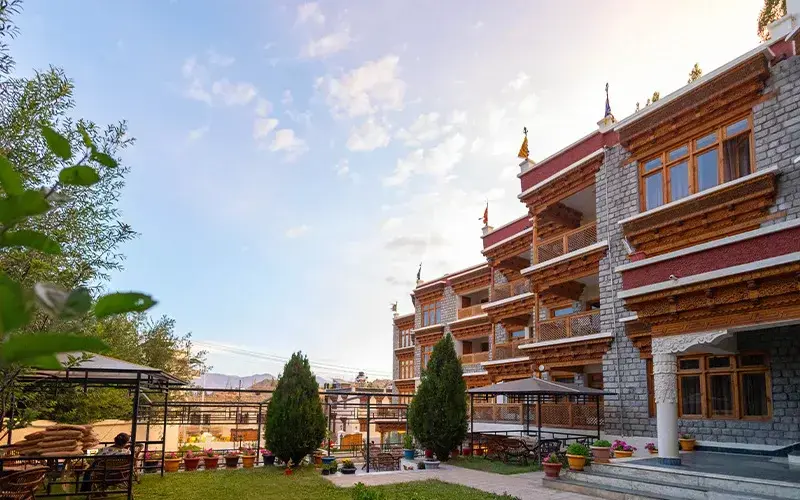
Hotels In Leh Ladakh
Experience peaceful stays amid mountains, lakes, and clear skies.
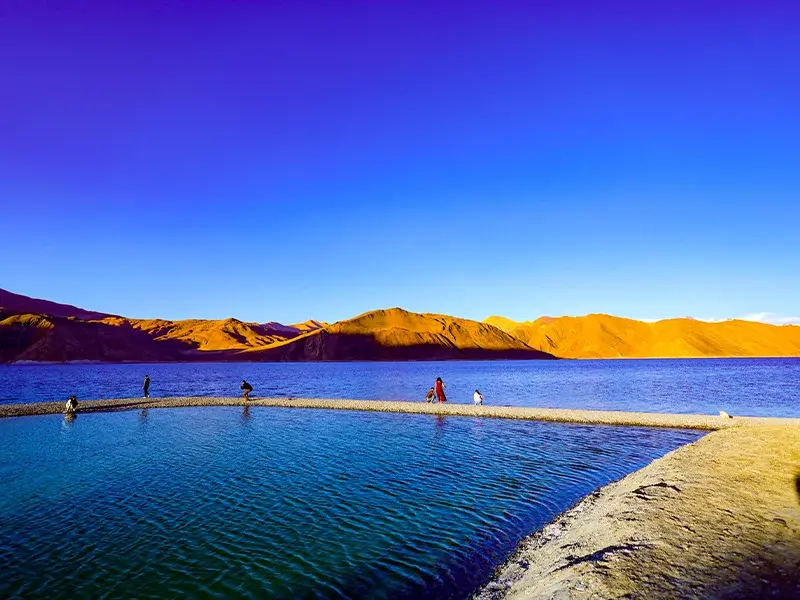
Packages Of Leh Ladakh
Experience Ladakh’s mountains, lakes and culture with our curated packages.
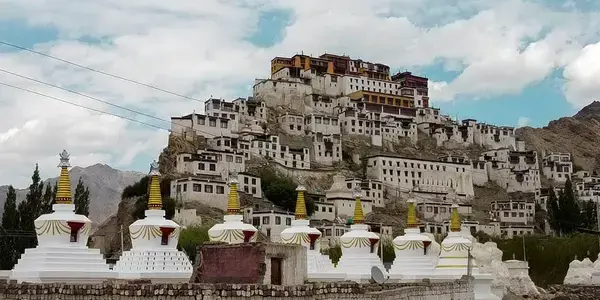
Places To Visit In Leh Ladakh
Best Places to Visit in Leh Ladakh for an Unforgettable Trip
.webp)
Blogs Leh Ladakh
High-altitude adventures and serene Tibetan-style landscapes
.webp)
Images Of Leh Ladakh
Explore Ladakh’s raw beauty through real and scenic images.
Hotels In Leh Ladakh
Packages Of Leh Ladakh
Places To Visit In Leh Ladakh
Blogs Leh Ladakh
Images Of Leh Ladakh
🎫 Entry Fee & Timing
Indian adults: ₹15, foreigners: ₹100. Open daily from 7 AM to 4 PM. The museum closes sharp, so visit earlier in the day to explore everything calmly.
👟 Good Walking Shoes Needed
The palace has steep stone steps and narrow wooden staircases. Proper footwear helps avoid slips and fatigue during the climb.
💧 Carry Your Own Water & Snacks
There are no refreshment stalls inside. Given the dry air and exertion, staying hydrated is essential.
🕰️ Time Required: 2 to 3 Hours
To enjoy the museum, stories, rooftop views, and photography, keep at least two hours in hand. Early mornings or golden hours are best.
🧤 Layer Up – Weather Shifts Quickly
Even in summer, strong winds and sudden temperature drops are common. A light jacket or fleece will help keep you comfortable.
🩺 Beware of Altitude Effects
Located at ~11,500 ft, mild altitude sickness is common. Drink water frequently and don’t rush up the stairs.
📸 Golden Hour = Magic Hour
Photography is most rewarding during the early morning or late afternoon, when sunlight highlights the texture and colors of the palace walls.
🚻 Toilets Only Near Base
There are no washrooms inside the palace structure. Plan accordingly before beginning your tour.
🛍️ Handmade Goods at Entry Lane
Shops around the palace offer prayer flags, thangka replicas, and woolen souvenirs—great for authentic local shopping.
🛕 Combine with Nearby Temples
Just behind the palace are Namgyal Tsemo Monastery and Chamba Lhakhang, worth a quick spiritual visit.
👕 T-shirt + fleece or windbreaker
During the daytime, the sun can feel warm, but the breeze at this altitude is often chilly. A light fleece or windbreaker over a T-shirt provides perfect comfort.
👟 Comfortable trekking or walking shoes
Expect to walk uphill and explore uneven palace floors. Sturdy shoes with good grip help you climb safely and reduce strain.
🧤 Light gloves (optional for mornings)
Morning temperatures can dip even in summer. Thin gloves can protect your hands during early visits, especially if you're holding a camera or railings.
🧢 Sunglasses and a cap to shield from sun glare
At high altitude, UV rays are stronger. Sunglasses protect your eyes and a cap shields your face from sunburn and glare while walking.
🧣 Carry a scarf for dry, dusty winds
The dry mountain air often carries fine dust. A scarf can help cover your nose and mouth if it gets windy or dusty, especially on the rooftop.
🫁 Spend at least 1 day acclimatizing in Leh before visiting
The elevation of Leh is around 11,500 ft. Give your body time to adjust before climbing stairs or walking uphill.
💊 Keep altitude meds like Diamox handy (consult doctor first)
Diamox helps prevent or reduce symptoms of Acute Mountain Sickness (AMS). Take it only under medical guidance.
💧 Stay hydrated – the air is dry and can cause fatigue quickly
Dehydration is a common issue at high altitudes. Keep sipping water, even if you don't feel thirsty.
🧓 Visitors with respiratory or heart issues should avoid steep climbs
Climbing the palace can put extra strain on the heart and lungs. If you have medical concerns, consult your doctor before visiting.
🏥 Nearest help: Leh District Hospital (5 km from the site)
In case of any emergency, the main government hospital is close and well-equipped for high-altitude-related care.
🥟 Yak cheese momos & steamed thukpa at nearby cafés
These local dumplings are filled with yak cheese or vegetables and are a must-try. Thukpa is a warming noodle soup that helps beat the chill.
☕ Authentic butter tea & barley biscuits
Butter tea, made from yak butter and salt, is a traditional Ladakhi drink. It pairs perfectly with local barley biscuits found in village-style cafés.
🥬 Local skyu stew and tsampa porridge
Skyu is a wholesome Ladakhi stew made from wheat dough and vegetables. Tsampa is roasted barley flour porridge often eaten by monks.
🍰 Apricot jam with Tibetan bread
Apricots grow locally in Ladakh. Their fresh jam served with warm Tibetan-style bread is both tasty and filling.
🍜 Spicy noodle soups at Leh Main Market (5 min away)
Explore Leh Market to try spicy broths like Thenthuk or Momos-in-soup from small family-run eateries.
🏰 Climb all 9 levels and visit the rooftop for panoramic views
Each level of the palace tells a different story. The rooftop offers sweeping views of Leh town, the Indus Valley, and distant snow peaks.
🖼️ Explore the museum: thangkas, ancient texts, jewelry
The palace museum houses centuries-old art including thangkas (sacred scrolls), coins, royal attire, and Tibetan Buddhist scriptures.
🧘 Sit silently in the top-floor shrine
There’s a peaceful prayer room on the top level where visitors can sit in silence and absorb the spiritual aura.
📸 Do a photo session during sunrise or sunset
Capture the golden light falling on ancient walls or panoramic backdrops during the most photogenic hours of the day.
🎒 Short trek to Namgyal Tsemo Monastery for epic valley views
From behind the palace, a short trek leads to this monastery perched higher up, offering stunning views of the Leh skyline.
🛍️ Buy souvenirs at the foot of the palace
Vendors sell prayer flags, hand-knitted caps, Ladakhi jewelry, and thangka prints — great for personal mementos or gifts.
🛕 Namgyal Tsemo Monastery – 15-min trek uphill
Home to a towering Buddha statue and ancient relics, this monastery offers panoramic views and a serene vibe.
🕊️ Shanti Stupa – 10-minute drive
A white-domed structure built by Japanese monks that glows during sunrise and sunset, symbolizing peace and unity.
🛍️ Leh Main Bazaar – cafes, handicrafts, woollens
The heart of local shopping where you can grab momos, find handmade pashmina shawls, or shop for souvenirs.
🪖 Hall of Fame Museum – military and war memorial
An Indian Army-run museum honoring Ladakh's heroes with exhibits from the Kargil War, glacier warfare gear, and more.
⛩️ Chamba Lhakhang – peaceful 15th-century temple beside palace
A small yet powerful spiritual site just a few minutes away. It’s less crowded and perfect for quiet contemplation.
April to October – avoid winter closure due to snowfall
Leh Royal Palace, built around 1600 AD under the reign of King Sengge Namgyal (the “Lion King”), stands as a powerful symbol of Ladakh’s royal legacy. Constructed in a style inspired by Tibet’s Potala Palace, this nine‑storey fortress combined royal residence, defensive stronghold, and emblem of dynastic power.
Originally serving as the Namgyal rulers’ palace and administrative center, its lower levels housed stables and granaries, while the upper stories held private quarters, prayer rooms, and ceremonial halls. The royal family abandoned it in the mid‑1800s following the Dogra invasion, shifting to the Stok Palace.
A cannon-ball scarred part of its walls, and neglect set in as Ladakh fell into turmoil Now maintained by the ASI, it houses a museum featuring ornate thangka paintings, ceremonial jewelry, and 450‑year‑old murals—crafted with stone and gem pigments remaining vibrantly intact . Its restoration has gradually revived its grandeur. Today, visitors ascend through timber‑lined corridors to the rooftop, greeted by sweeping views of Leh, the Indus Valley, and the snow-capped Stok Kangri, making the palace a timeless bridge between medieval architecture and living culture
🏯 Nine stories tall—one of the tallest medieval structures in the Himalayas
🧱 Built of stone, mud, sand & timber for natural insulation
🖼️ Home to a museum with 450-year-old thangkas and royal artifacts
🛕 Adjacent are Namgyal Stupa, Chandazik Gompa, and 1430 Chamba Lhakhang.
⚔️ Rot witness cannon fire scars—historic battle damage remains visible
👀 Restored by ASI, still retains original Tibetan‑style design with wood‑carved balconies.
🌄 The rooftop offers sweeping views of Stok Kangri and old Leh town .
🎨 The Colors That Defied Time
It is said that the thangka paintings inside the palace still radiate their original brilliance due to the use of powdered gemstones and natural pigments. One story recounts a monk who traveled all the way from Tibet carrying a pouch of crushed lapis lazuli, which was used to paint the eyes of a sacred image—believed to bless the palace and protect its energy forever.
🧱 The Wall That Stopped a War
During the Dogra invasion in the 19th century, cannon fire struck the outer walls of the palace. However, due to the thickness of its walls and its elevated position, the palace withstood the attack. A famous tale says that a single prayer ceremony held in the topmost hall delayed the final assault, giving villagers time to escape.
The Himalayan Mountains are a majestic mountain range in South Asia, spanning five countries. They boast the world's highest peaks, including Mount Everest. These young, growing mountains feature rugged, snow-capped peaks, deep valleys, and glaciers. The Himalayas influence regional climate, harbor unique biodiversity, and hold cultural and spiritual significance. They attract adventurers, nature lovers, and spiritual seekers from around the world.